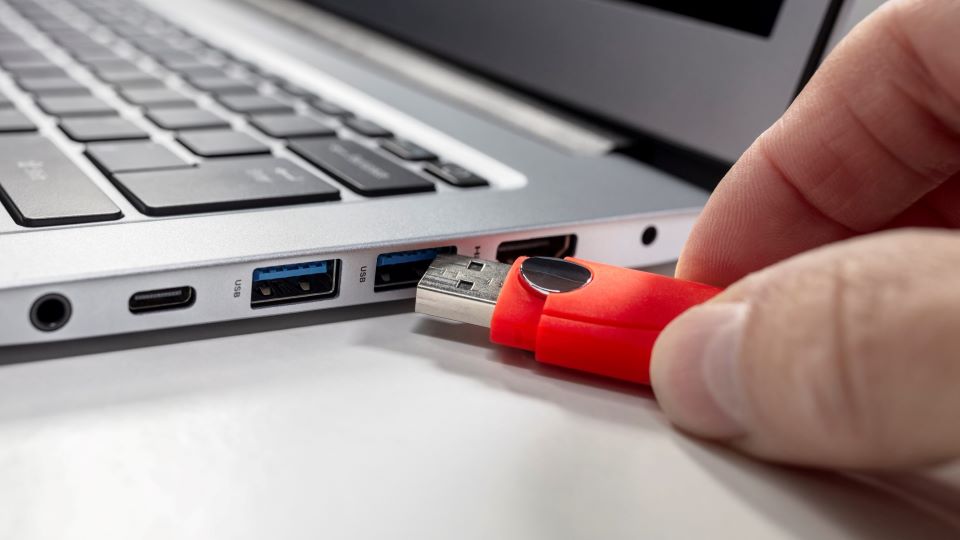WIPO Symposium on Standard Essential Patents
September 18 to September 19, 2025 (Geneva, Switzerland) 10:00 - 18:00 Geneva time










September 18 to September 19, 2025 (Geneva, Switzerland) 10:00 - 18:00 Geneva time
May 15, 2025 (English) 17:30 - 18:15 Geneva time